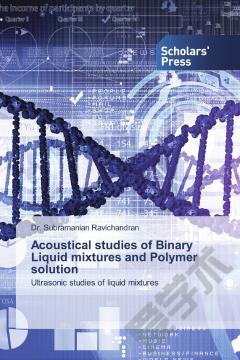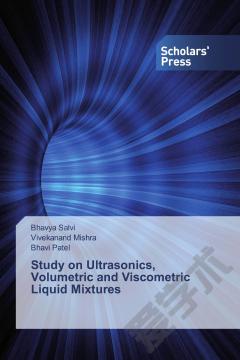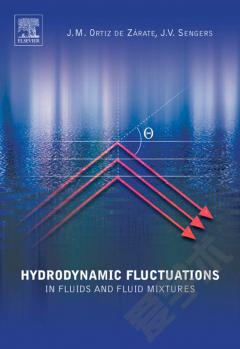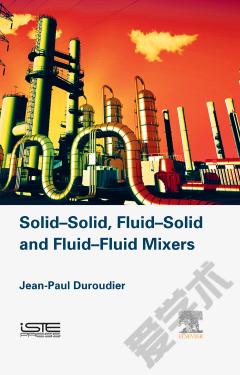Acoustical studies of Binary Liquid mixtures and Polymer solution —— Ultrasonic studies of liquid mixtures
----- 二元液体混合物和聚合物溶液的声学研究
The propagation of ultrasound is useful in number of areas such as medical ultrasonic, sedimentology, food processing, paper industry and biotechnology. Ultrasonic methods have been successfully used to monitor polymer processing, chemical reactions, film formation, glue processing or crystallization in polymers. Today, the uses of ultrasonic for non-destructive evaluation of systems is widespread. The ultrasonic parameters such as velocity, attenuation, compressibility, acoustic impedance and scattering gives us a clear picture of structural changes in biological substances. In the recent years, the usage of ultrasound has escalated, because of the advantage it offers to synthetic chemistry. This includes time consumption in reaction, saving energy, higher yield, milder conditions and higher purity of the product. Ultrasonic velocity measurements are helpful in the study of ion-solvent interactions in aqueous and non-aqueous solutions in recent years. A number of researchers have studied acoustical properties of solutions containing transition of metal ion. And it has been extensively used to determine the ion solvent interaction in aqueous solutions containing electrolytes.
{{comment.content}}








 京公网安备 11010802027623号
京公网安备 11010802027623号